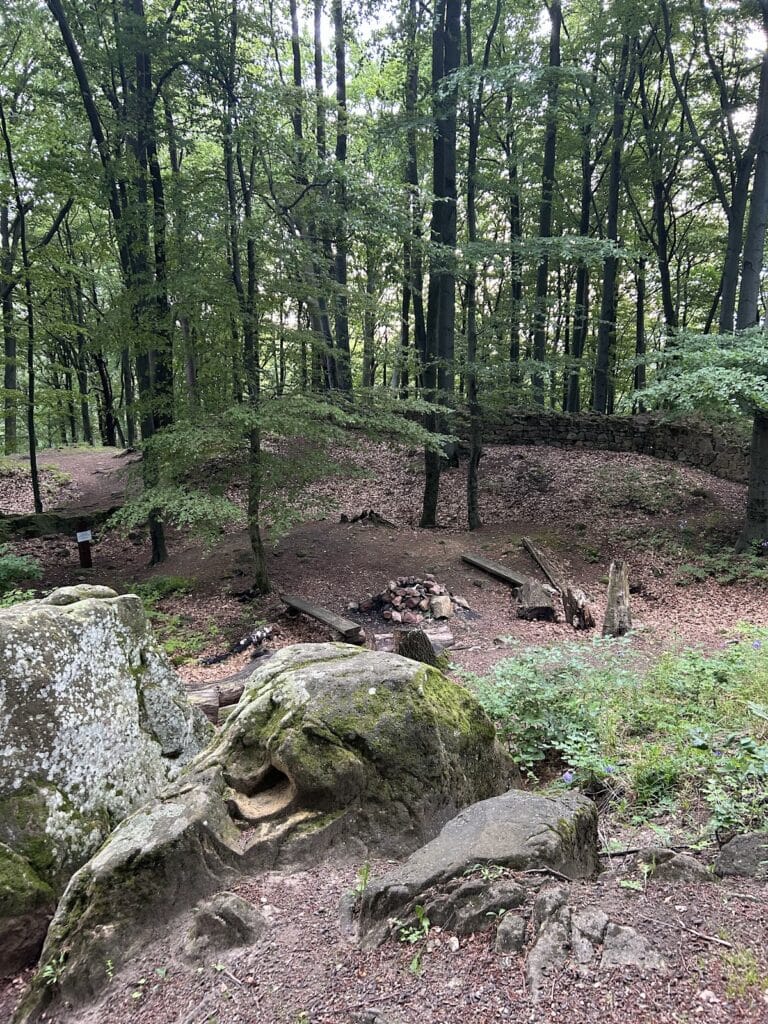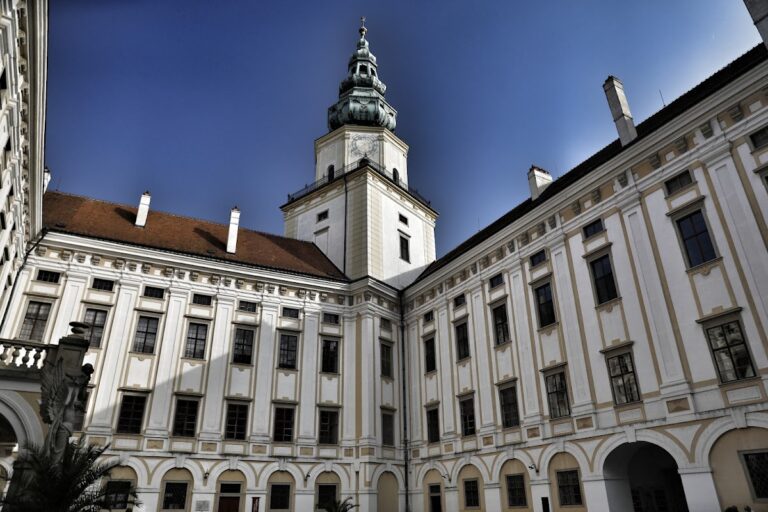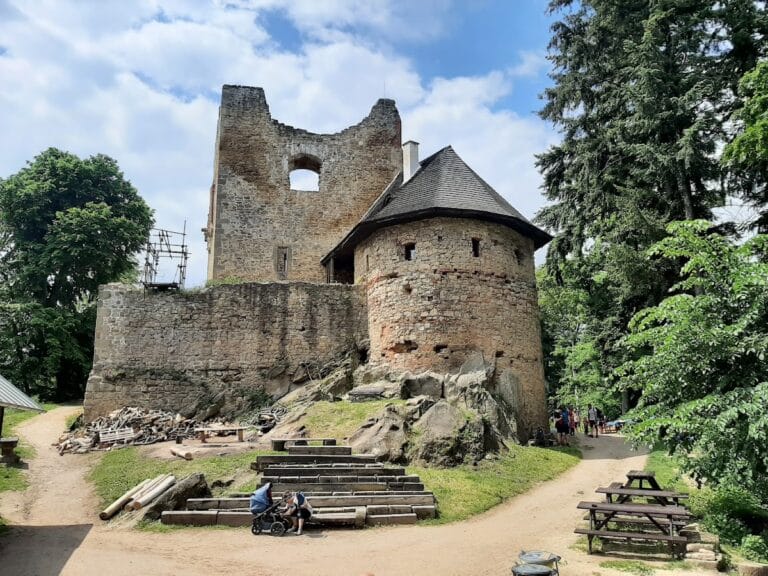Malenovice Castle: A Historical Landmark in Zlín, Czech Republic
Visitor Information
Google Rating: 4.5
Popularity: Low
Google Maps: View on Google Maps
Official Website: hradmalenovice.cz
Country: Czechia
Civilization: Medieval European
Remains: Military
History
Malenovice Castle is located in the municipality of Zlín, in what is now the Czech Republic. The site was established by the medieval Moravian nobility during the 14th century. Specifically, it was founded around 1356 by Jan Jindřich, also known as John Henry, the Margrave of Moravia. The castle was likely built upon the grounds of an earlier fortified residence belonging to the Malenowicz noble family, who had sold the estate about six years prior, around 1350.
During the late medieval period, Malenovice Castle began as a Gothic fortress, a common style of fortification that emphasized strength and defense. In the first half of the 16th century, the castle’s structure was transformed by Václav Tetour of Tetov, a local knight, who converted it into a Renaissance-style chateau. This renovation reflected the changing architectural trends and the desire for more comfortable, representative living spaces among the nobility of that time.
In 1693, ownership of the castle passed to Count František Karel of Liechtenstein-Kastelkorn. Under his direction, the interiors and the chapel of the castle underwent Baroque-style remodeling, including the addition of intricate fresco paintings. This phase highlighted the artistic influence of the Baroque period on noble residences, with a focus on decorative and religious elements.
Throughout the late 18th century, the castle changed hands among several noble families, notably the Salm and Lamberg lineages. Beginning in 1804, it was owned by the Sternberg family, who maintained possession until 1945. This period marked significant continuity in private noble ownership through major social and political shifts in the region.
After World War II, the castle left aristocratic hands and was acquired by the regional museum in 1953. Since 1957, Malenovice Castle has served a public function, housing archaeological and ethnographic displays that highlight the cultural history of southeastern Moravia.
Remains
Malenovice Castle retains a complex layout that reflects its long history and multiple phases of construction. The castle is shaped as an irregular four-wing complex enclosing a central courtyard, or atrium. At the core of this arrangement stands a substantial octagonal tower from the medieval period. This tower once served defensive purposes and now marks the heart of the castle’s original Gothic fortress.
Many parts of the castle’s initial Gothic construction survive today, including vaulted rooms with pointed arches and cross vaults—an architectural technique in which intersecting barrel vaults create a sturdy ceiling structure. Visitors can also see a simple but notable Gothic stone portal that leads into the inner courtyard, which itself preserves arcades—series of arches supported by columns or piers—lining its perimeter. Surrounding the tower and wings, a low stone wall indicates the boundaries of the fortress as it was originally laid out.
The Renaissance phase brought a reorganization of the castle’s spatial layout and the introduction of new window designs. Rather than ornate decoration, the façade was given a light-colored plaster finish emphasizing the building’s solid forms. Windows were arranged in two horizontal rows and framed with relatively plain jambs embellished later in the Baroque style. This change shifted the castle’s appearance from a purely defensive fortress toward a more comfortable noble residence.
Baroque renovations are chiefly evident in the castle’s interior spaces, most prominently in the chapel, where frescoes decorate the walls and ceilings. These artful paintings provide insight into the aesthetic values and religious practices of the late 17th century’s noble occupants.
Today, the towering medieval octagonal structure remains accessible, allowing close examination of this key feature of the original fortress. Additionally, archaeological finds uncovered on the site are displayed within the castle’s museum exhibitions, offering a material connection to the region’s past inhabitants and their way of life.







